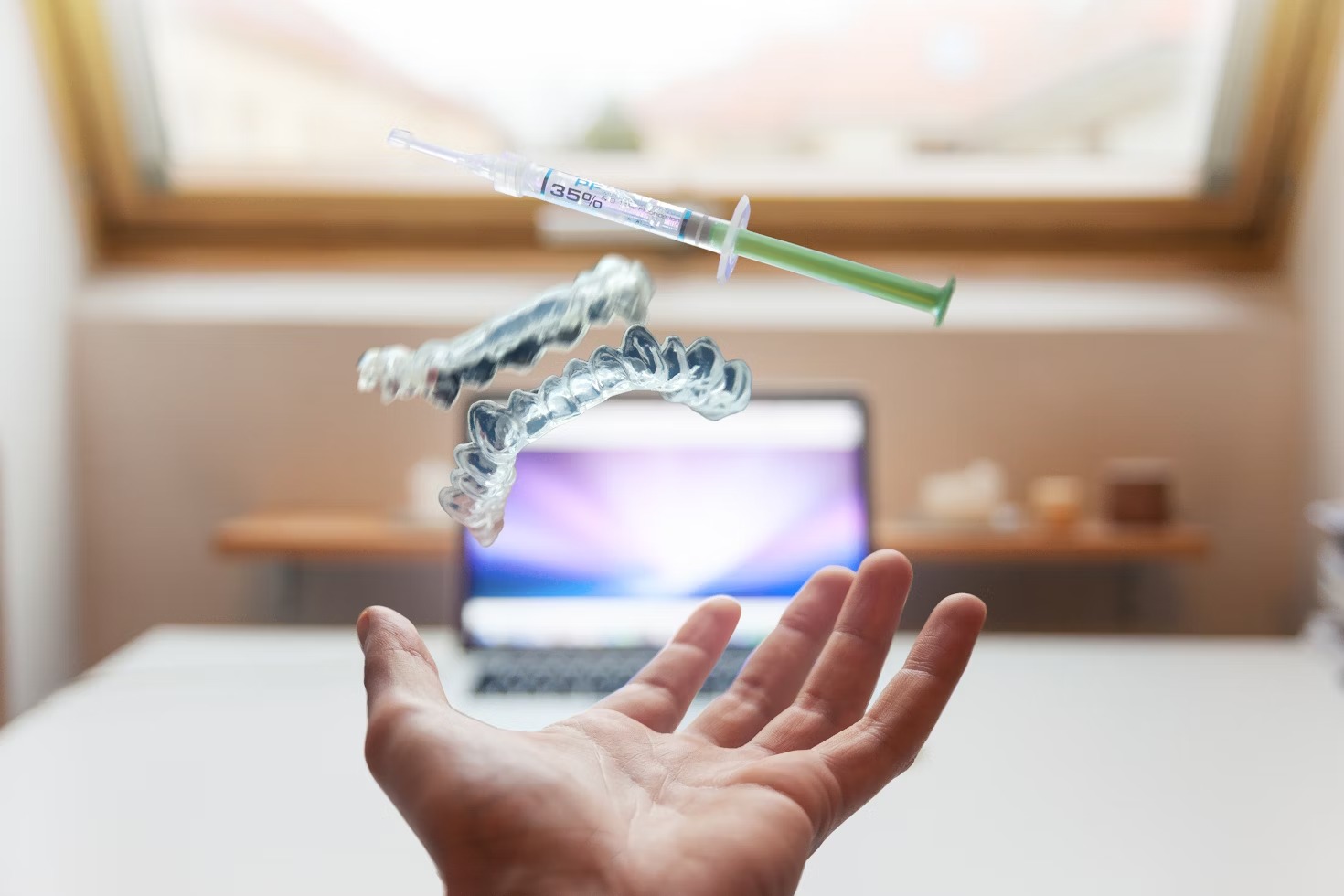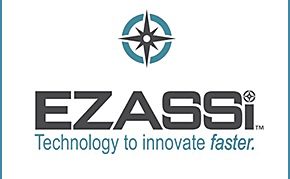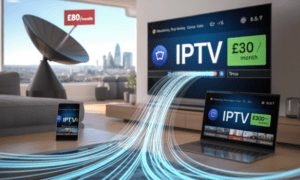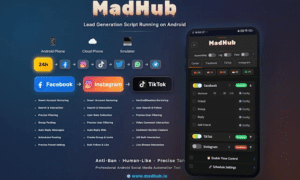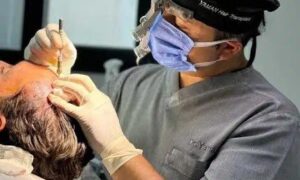The world of dentistry has undergone profound changes through technological advancements, many of which were once only found in high-end research facilities. What was previously an anxiety-inducing experience for many now offers a more comfortable, efficient, and precise journey from diagnosis to treatment. From imaging to restorative procedures, digital tools, and artificial intelligence are reshaping what patients and professionals can expect during a visit to the dental chair. These innovations are not only about machinery, they reflect a deeper shift toward patient-centric care supported by speed, accuracy, and personalization.
Accelerated Orthodontics and Fast Braces
Traditional braces often bring to mind years of treatment, frequent adjustments, and a sometimes cumbersome lifestyle. The introduction of high-speed orthodontic solutions has altered this experience dramatically. With systems now designed to reposition teeth more efficiently, the treatment window can often be reduced by half. This is made possible through advanced wire technology, customized brackets, and improved digital mapping. Many patients have begun searching for the terms braces done fast near you, reflecting the growing interest in receiving shorter-term treatments without sacrificing outcomes. Unlike earlier options, fast braces focus on moving both the crown and root simultaneously, reducing the need for separate phases. These systems can be especially effective for individuals seeking improved alignment without years of waiting or multiple interventions.
3D Printing in Dentistry
The adoption of 3D printing has introduced significant benefits to dental practices and labs. What once took weeks, such as fabricating crowns, dentures, or orthodontic devices, can now often be completed within a day. This allows for more accurate fitting, fewer adjustments, and reduced patient visits. Customized surgical guides for implants, aligners for orthodontic treatment, and even full prosthetic arches can be produced using biocompatible materials and high-resolution imaging. 3D printing is not only improving speed and precision but also offering broader access to care by lowering production costs and waste. Dentists can now simulate procedures and test models in advance, giving patients a better understanding of the process ahead.
Artificial Intelligence in Diagnostic Tools
Artificial intelligence is making its mark in diagnostics by reading dental X-rays with remarkable accuracy. Machine learning models are now capable of identifying cavities, bone loss, or even early signs of oral cancer in seconds. These tools offer a second layer of scrutiny, helping dentists avoid oversight and enabling earlier intervention. By continuously analyzing vast amounts of data, AI systems can even predict which areas of the mouth are most susceptible to decay, allowing preventive care to be targeted with greater precision. This not only improves outcomes but also makes the consultation process more transparent for patients, who can view AI-generated overlays and risk assessments in real time.
Teledentistry and Remote Monitoring
The idea of visiting a dentist virtually might have seemed impractical just a few years ago. Now, teledentistry platforms allow for real-time consultations, remote assessments, and monitoring of treatment progress from home. Patients in rural or underserved areas can connect with specialists without the burden of travel. High-resolution intraoral cameras and smart toothbrushes equipped with sensors allow professionals to gather detailed information during video calls. These tools are particularly helpful for follow-ups, post-surgical check-ins, or ongoing orthodontic treatments, where a full in-office appointment may not be necessary. This new approach provides flexibility without reducing the quality of care.
Laser Technology for Minimally Invasive Procedures
Laser tools have grown in popularity for their precision and minimal discomfort. Dentists now use them for procedures like cavity preparation, gum contouring, and root canal sterilization. Because lasers can target tissue so precisely, they reduce bleeding, swelling, and healing time compared to traditional methods. The patient experience is smoother, with fewer post-procedure complications and often no need for anesthesia. Lasers are also beneficial for detecting issues such as cavities or oral lesions in the early stages, offering a painless and quick alternative to more invasive examinations.
Smart Dental Devices and Wearables
Digital health tools are now finding a place in dentistry through smart devices and wearables. Electric toothbrushes equipped with pressure sensors and mobile connectivity can track brushing habits, offering personalized feedback. Night guards embedded with sensors monitor grinding patterns, helping dentists better diagnose and treat bruxism. Some devices even measure saliva composition, offering early insights into hydration, stress, or oral pH levels. These tools promote at-home care that’s informed and proactive, keeping dentists connected with patients between visits and allowing for early correction of poor habits or emerging issues.
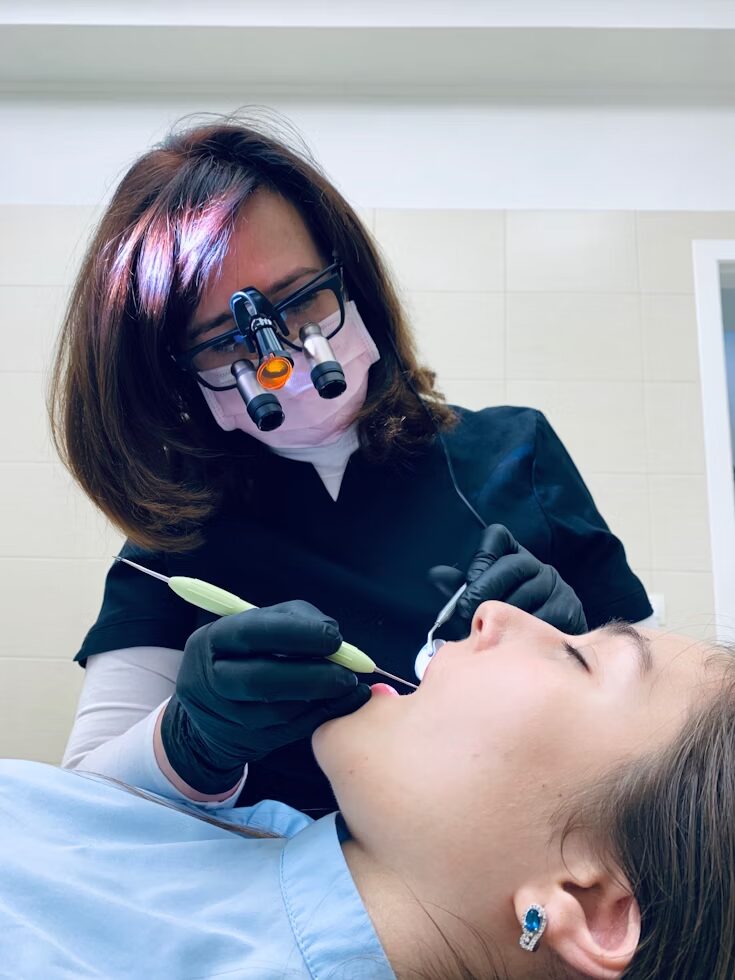
Technology is reshaping dental care not just through impressive hardware or smart software, but by changing the experience for patients from the ground up. Faster braces, printed crowns, intelligent diagnostics, and remote checkups are no longer distant innovations, they are the new normal in many clinics. These shifts have brought greater convenience, improved accuracy, and more personalized care. Patients today can expect solutions that are quicker, more precise, and designed with long-term oral health in mind. As the field continues to advance, the traditional boundaries of what dental care looks like are being steadily redefined.

